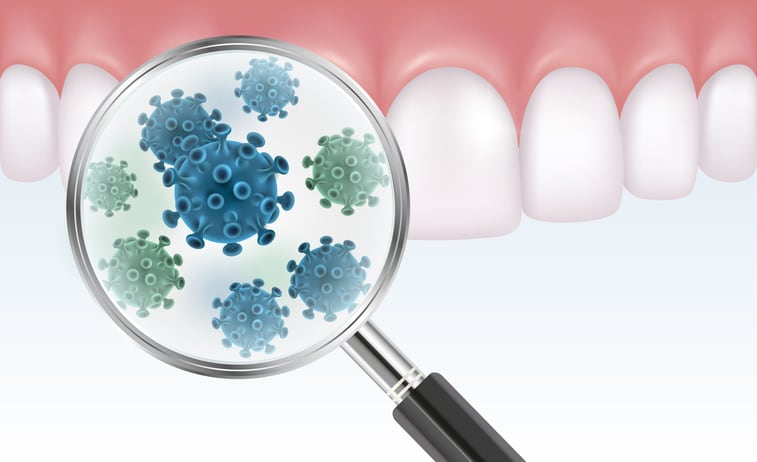The ‘K’ in the vitamin K family stands for Koagulation, the German spelling of the word coagulation. This was the first activity identified by the vitamin’s discoverer, Danish researcher Henrik Dam, who in 1929 elucidated the activity of the vitamin from feeding studies done with chickens that were fed a no-fat diet and that bled uncontrollably. So proper blood coagulation came to be seen as the substance’s primary function.
It’s a familiar story. Many vitamins were discovered via animal feeding studies, such as vitamin C, from sailors deprived of fresh greens and fruits who suffered debilitating or fatal bouts of scurvy. Or vitamin B1, which was discovered via the beriberi suffered by Japanese sailors fed principally on white rice on long ocean voyages. These could be thought of as large scale human feeding studies, studies of a sort that can no longer be ethically countenanced.
In the case of the vitamin K family, the menaquinone-7 form of the vitamin, was discovered in natto, a fermented soybean paste consumed in Japan. It’s a foodstuff that has never gained popularity outside that culture. Delving deeper into this fermented food’s constituents researchers came upon the menaquinone-7 form of vitamin K, dubbed vitamin K2.
K2 activities beyond K1
The activity of this vitamin in putting calcium where it belonged—in the bones—and keeping it out of the walls of the arteries where it was not wanted was thought to be part of the puzzle why Japanese had better bone density and lower fracture risks and suffered so little heart disease compared to their Western counterparts. And further, the relative lack of the vitamin K2 in Western diets was thought to part of the reason why cardiovascular disease was so much more prevalent there. The substance is found in other fermented foods as well, such as cheese, but modern bulk cheese manufacture includes pasteurization in most cases, which tends to destroy it. That, combined with the relative paucity of other fermented foods in the Western diet, contributes to a deficiency of the vitamin in the diets of many people around the globe.
A new review paper published in the journal Nutrients summarizes all of the research done in the past couple of decades on K2 and argues forcefully that this vitamin should have its own RDI, separate from that of vitamin K1. The paper was written by a group of researchers that includes Leon Schurgers, PhD of Maastricht University in the Netherlands. In recent years Schurgers has cooperated with Norwegian vitamin K2 supplier NattoPharma on K2 research. Other authors included some of Schurgers’ colleagues from Maastricht as well as researchers associated with a German university and another institution in Poland.
The review paper notes that over the years a picture has evolved of a clear biochemical differentiation in how vitamin K2 behaves in the body. “VK2 has been shown to play a role in improving outcomes for osteoporosis, atherosclerosis, cancer, and inflammatory diseases,” the authors argued.
RDI criteria
The paper notes that in 2014, a nine-criteria standard was developed to determine if K2 deserves its own RDI. The criteria agreed upon are:
- An accepted definition
- a reliable analytical method
- a food database with known amounts of the bioactive
- cohort studies
- clinical trials on metabolic processes
- clinical trials for dose–response and efficacy
- safety data
- systematic reviews and/or meta-analyses;
- a plausible biological rationale.
K2 fits the bill
“Having used the nine criteria set out for establishing bioactive RDI recommendation, VK2 clearly passes this. The bioactive VK2 is found relatively sporadically in a variety of fermented foods common to Western diets. Its specific concentration can vary drastically depending on factorial preparation methods, namely, which bacteria are used in fermentation processes,” the authors concluded.
“Establishing an RDI for VK2 may have a significant impact in improving health the world over. This would reduce the socioeconomic consequences of an aging population by reducing the development of cardiovascular diseases, bone loss, and potentially, other age-related diseases,” they added.
“We have been working with Maastricht University for almost two decades validating the health benefits of Vitamin K2, creating this category. Our work, in addition to others’, is building the necessary body of evidence required to convince regulatory bodies how essential Vitamin K2 is for the betterment of global human health,” said Kjetil Ramsøy, NattoPharma CEO.
Source: Nutrients
DOI: 10.3390/nu12061852
Vitamin K2 Needs an RDI Separate From Vitamin K1
Authors: Cengiz Akbulut A, et al.




